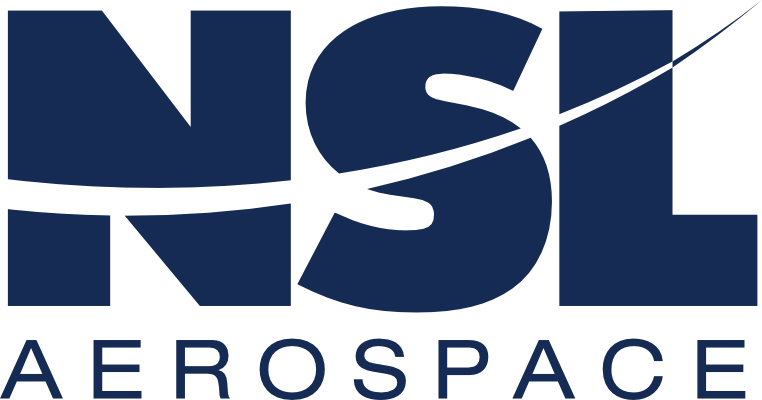A Quick Guide for Aircraft Firewall Sealants
An aircraft's firewall has two important jobs to do: keep the pilots, crew, and passengers safe while keeping the plane aloft. And an aircraft's firewall sealant plays a critical supporting role in this job. Because of this, it's vital to choose the best firewall sealant for your aviation needs.
When sourcing a firewall sealant, it can become a chore to compare products, specifications, and brands. It's easy to feel lost. However, this quick guide will help you land on the right aircraft firewall sealants while building your confidence in understanding high-temperature sealants.
Why Does Your Firewall Sealant Matter?
Aircraft experience unique conditions, including vibration, high temperatures, and weather. Within an aircraft, you will find that different components experience their own set of unique conditions. The firewall is a fire-resistant bulkhead that maintains a buffer between the body of the aircraft and the engine compartment.
The firewall's location between hazardous liquids, gases, and temperatures and an airplane's vulnerable occupants makes it a critical part. Firewall sealants create a barrier between the firewall and whatever area you're trying to protect, so gases, volatile liquids, and high temperatures cannot permeate the area of the aircraft you're trying to protect.
Aircraft firewall sealant allows for the aircraft to be safely landed in an emergency. Should a fire or other emergency occur in the engine compartment, the firewall's sealant must withstand extremely high temperatures and prevent smoke intrusion in order to protect the airplane's occupants. This buys priceless time for pilots to perform emergency landings.
What is a Firewall Sealant?
Firewall sealants are synthetic rubber compounds designed to create a barrier between a plane's firewall and fuselage. These high-temperature sealants can also be used within the firewall to seal and stabilize firewall structures.
Are High-Temperature Sealants the Same as Firewall Sealants?
For the most part, yes. You may find firewall sealants also referred to as fire-resistant sealants, hi-temp sealants, and high-temperature sealants. Always check the specification of a high-temperature sealant to ensure it will work for aviation use.
What Are Firewall Primers?
Some sealants require primers in order to increase the strength of the bond between room temperature vulcanizing (RTV) sealants and firewall substrates.
What Should You Consider When Shopping for Aviation Firewall Sealants
When selecting a firewall sealant, there are a few specifications and characteristics you will want to consider. These are the most important aspects when comparing firewall sealants:
Primer vs. Primerless
Some firewall sealants require primers while others do not. Primerless sealants come with the advantage of fewer application passes.
Application and Mix Style
Firewall sealants come in a variety of application styles. Firewall sealants come in a variety of packaging as well including a Semkit, single-component cartridges, pint kits, and quart kits. There are advantages to each of these forms.
Sealant can be applied via a spatula, brush, or applicator gun.
Pot or Working Life
Pot life indicates how long a sealant will be in its flow state before it is set or cured (at a specific temperature and humidity). When a sealant is in its flow state, it is still workable and applicable. A longer pot life gives you more time to cover large areas. Longer application times are great for coating surfaces.
Cure Time
Cure time is the designated amount of time for an adhesive or sealant to fully harden or set. This differs from pot life, since a sealant may not be fully cured yet is no longer workable.
Cure Conditions
Cure conditions include temperature, humidity, and project conditions. Firewall sealants' cure conditions will vary, so always order one that meets your environmental conditions.
Rapid Cure: These firewall sealants offer faster curing times. Dapco 2200 cures in as little as four hours.
Shelf Life
When purchasing a firewall sealant, you will want to consider its shelf life. Use our popular resource, the shelf life calculator, to see how this works.
Fire Resistance
Not all firewall sealants offer the same high-temperature performance. The higher the temperature resistance, the longer it would take for a fire to burn through the firewall--buying the crew precious time under emergency circumstances.
Aircraft Firewall Sealants Designed for Optimal Performance
NSL Aerospace offers a wide array of firewall sealants. As a leader in aircraft and aviation sealants and adhesives, we are always happy to help you find the best product for your needs.
